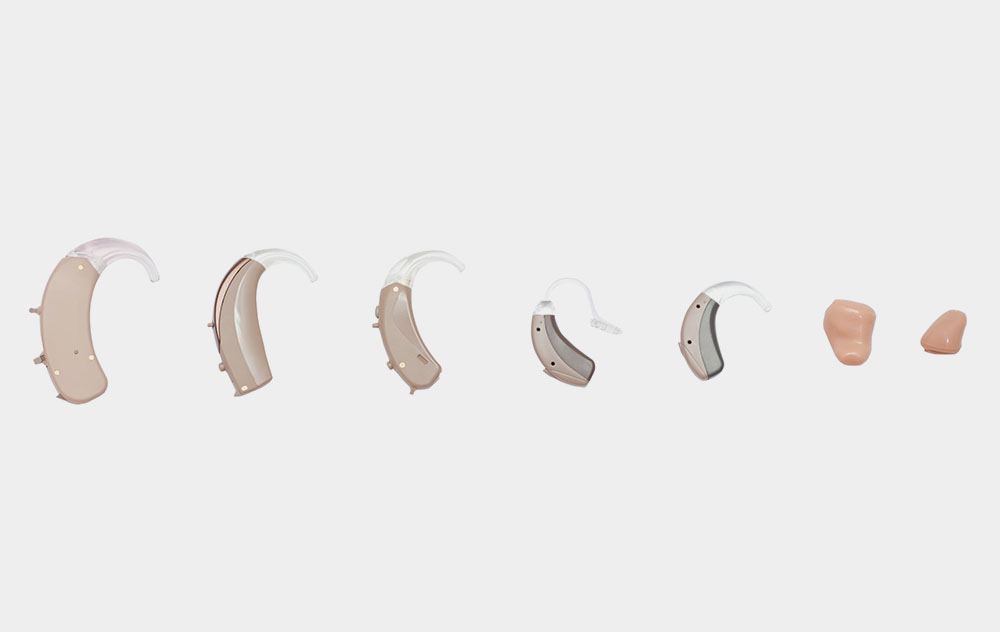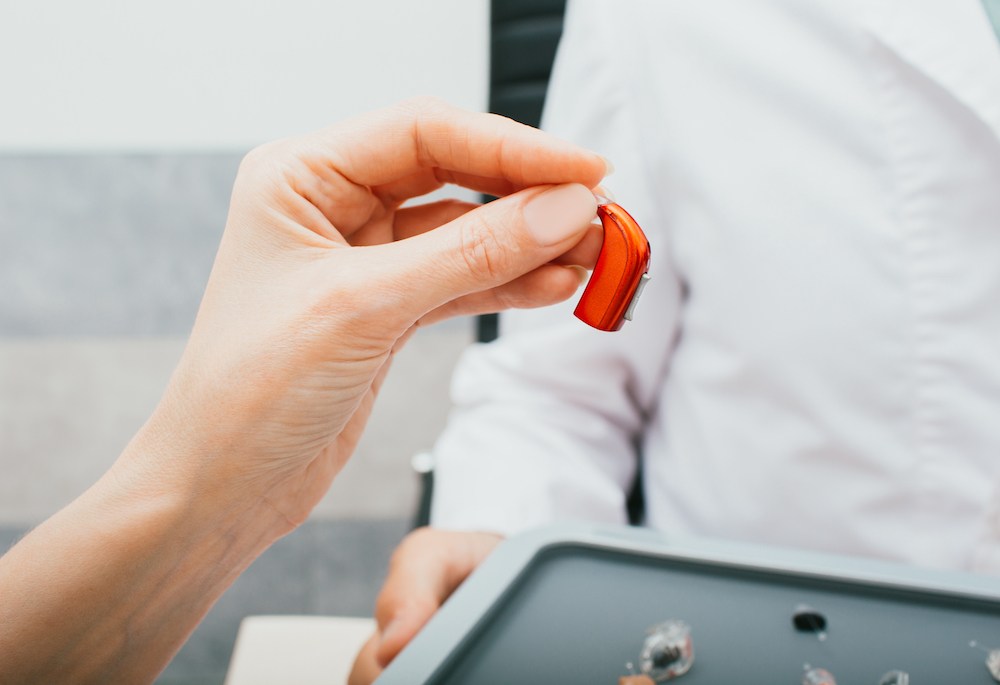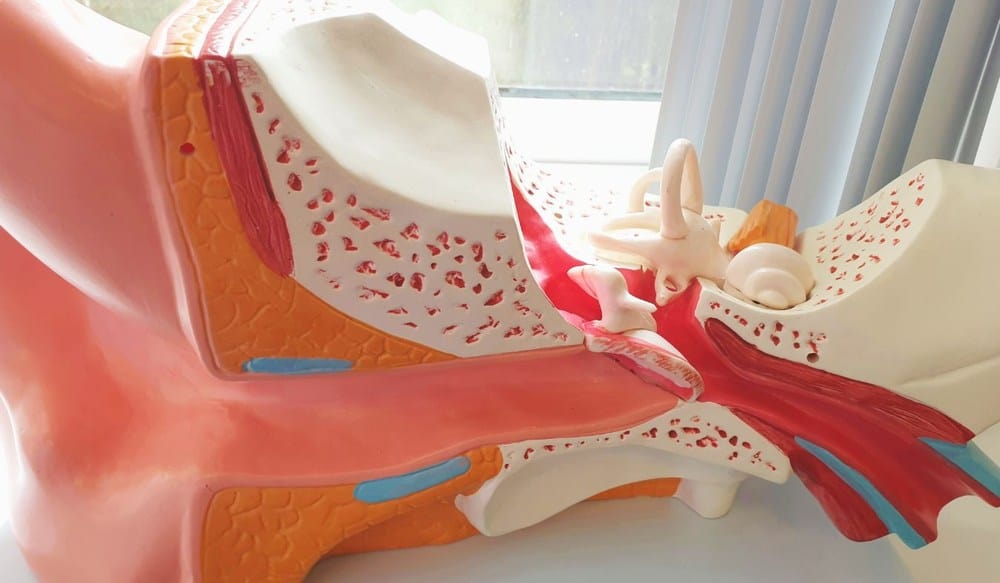Eco-Friendly Hearing Aid Options
When you need hearing aids, you need them to work reliably every day. They


When you need hearing aids, you need them to work reliably every day. They

Hearing aid technology has dramatically improved how people experience

Hearing loss can present emotional challenges, but recognizing and